Ферари за Емилия-Романя
Себастиан Фетел:
I have never raced at Imola, but everybody knows the circuit as it used to be a permanent feature on the calendar for so many years. I was there in 2006, and that’s the only memory I have of Imola, when I was a support driver for the BMW Sauber team. I haven’t even walked the track and so this will be my first ever race there.
I think it is a great track, which doesn’t allow for mistakes. I remember the last chicane before the start finish line also looked interesting and challenging but it isn’t there anymore. I’m very much looking forward to finally driving here this weekend.
Шарл Льоклер: I’ve already raced at Imola twice in Formula Renault. It’s a track that I love and really enjoy driving at. The circuit is very technical, with some very tricky corners and it’s also a track where there is very little room for mistakes. I think that most of the drivers who are yet to discover it will love it there.
This weekend we’ll also try the two-day track activity format for the first time, even if, to be honest, we’ve tried something similar because of the circumstances a few weeks ago at the Eifel GP, when bad weather kept us in the garages on Friday. It will be interesting to see how this compressed weekend will work.
Matteo Togninalli: The difficult circumstances this year have thrown up new challenges and everyone involved in the sport has shown flexibility and the ability to adapt and the Imola weekend format is an example of that. With back-to-back races at European circuits over 2000 kilometres apart, the teams need the extra time to get the transporters from Algarve to Imola and have time to set everything up at the Italian venue, hence the lack of track activity on Friday. It is also true that another future goal of having 2-day race weekends is to reduce general costs, making this weekend an interesting experiment. It’s happened in the past that a day has been lost, as was the case at the Eifel Grand Prix three weeks ago, or in Japan last year, but that’s always been down to force majeure. In this case however, everything has been planned and organised in advance.
What has been done to prepare as well as possible for this?
With very little time available to analyse the data from free practice, we have reorganised our priorities, allocating resources in a different way both at the track and back in Maranello. We will also manage components, engines and gearboxes for example or the incorporation of components that have already been tested, so as to cut down time spent and to try and reduce the risks as much as possible.
All of this on a track where Formula 1 has not raced for 14 years.
This is indeed an additional and significant variable. It means that preparation prior to the event is even more important to try and perform as well as possible: that goes for the car, the drivers, the team and the tyres, everything in fact that goes into the entire package. Without any data to work from, as is the case with Imola, the level of fine tuning is reduced and one has to look at the bigger picture. Clearly, the simulator helps, especially to allow the driver to quickly familiarise himself with the track, not just its layout, but also other features that can impact performance, such as bumpy sections, where to ride the kerbs, the right lines and braking points. It’s true the drivers learn a new track incredibly quickly and are soon on the limit, but it’s also true that when you go to a new track, the lap times tumble much more quickly than usual. It’s important therefore to do as many laps as possible to get to the optimum level as soon as possible.
Tell the truth, does this scenario favour or disadvantage Ferrari?
I think we have shown during this very strange season that we are able to adapt quickly to unusual situations, to react to the unexpected and our level of preparation is very good. Overall, I’d tend to think it could be an advantage.
Will the SF1000 continue to evolve at Imola and how do you think it will go on this track?
Apart from the introduction of updates, seeking greater performance is an ongoing task: even if there are no visible elements, the car is always evolving. In the final part of this season, that work is also aimed at 2021, with new solutions to try. This track is very technical, with a reasonably high average speed. The weather should be pretty good, with temperatures in the 18°-20° C range. Based on what we have seen in recent races, I think our package could suit this track well and that we will be able to get the most out of the car. As usual, the drivers play a key role.



















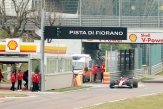
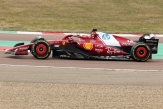
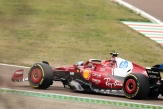
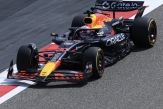
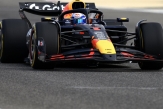
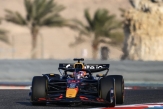

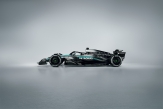
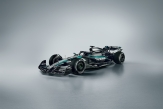
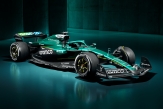
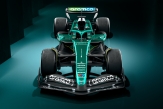
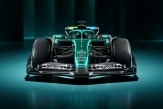
.jpg)
.jpg)
.jpg)

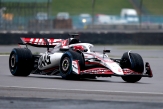

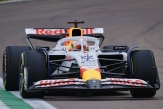
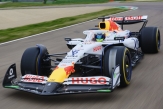



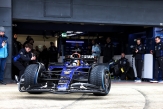
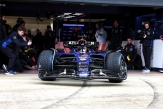
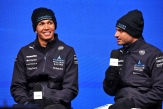

02/12/2025 от Огнян Тенчев (drJeckyll), няма коментари